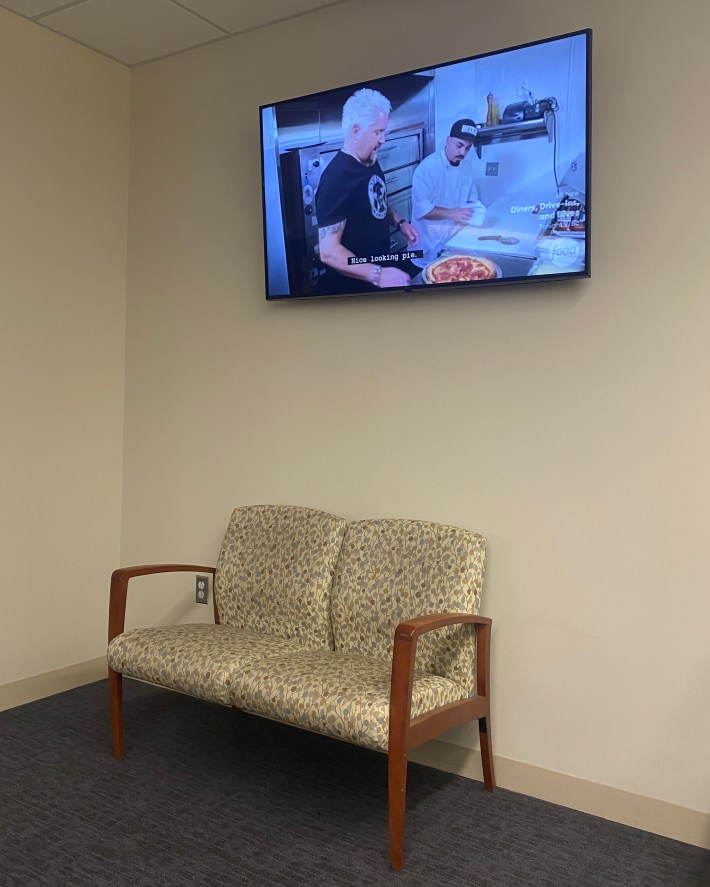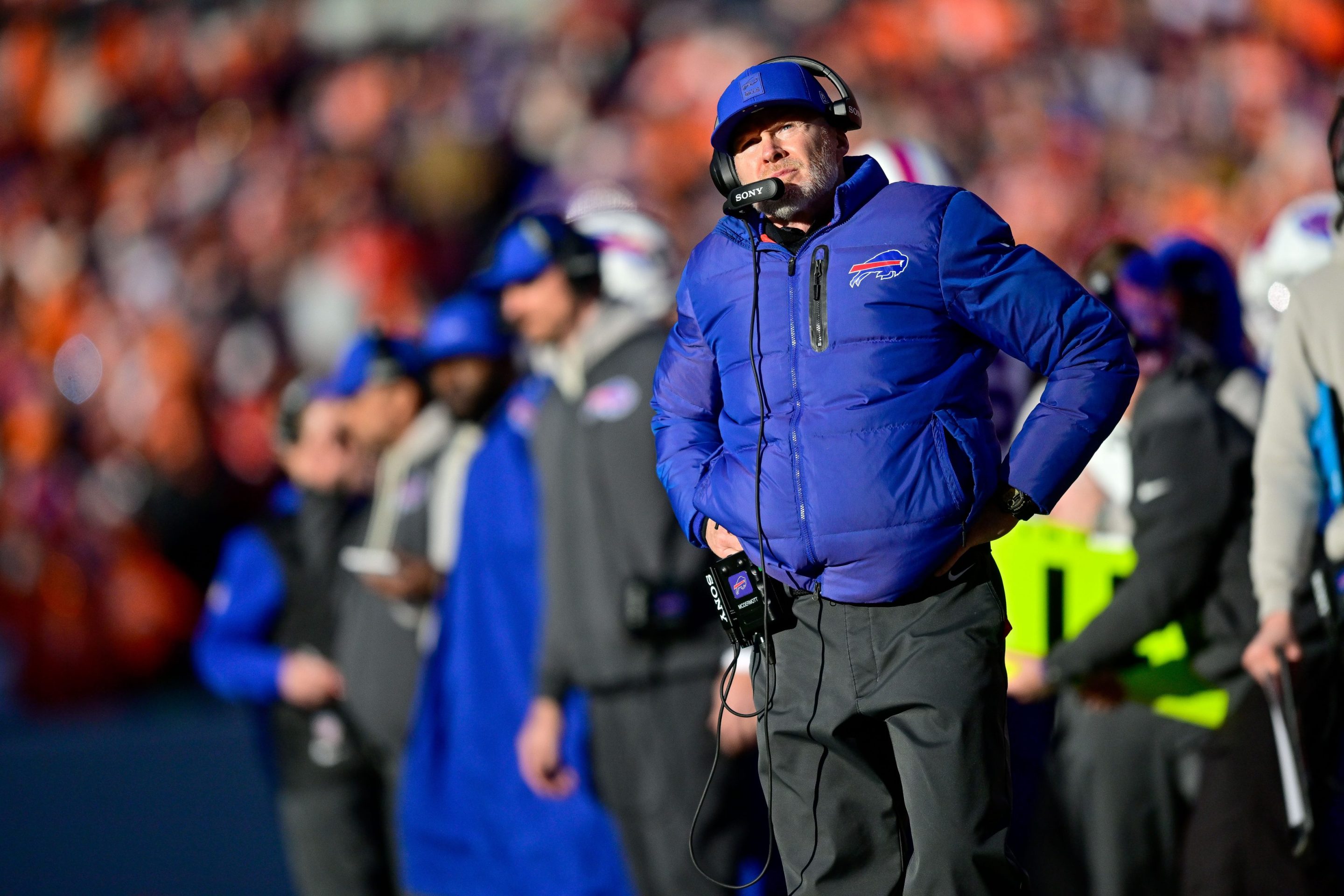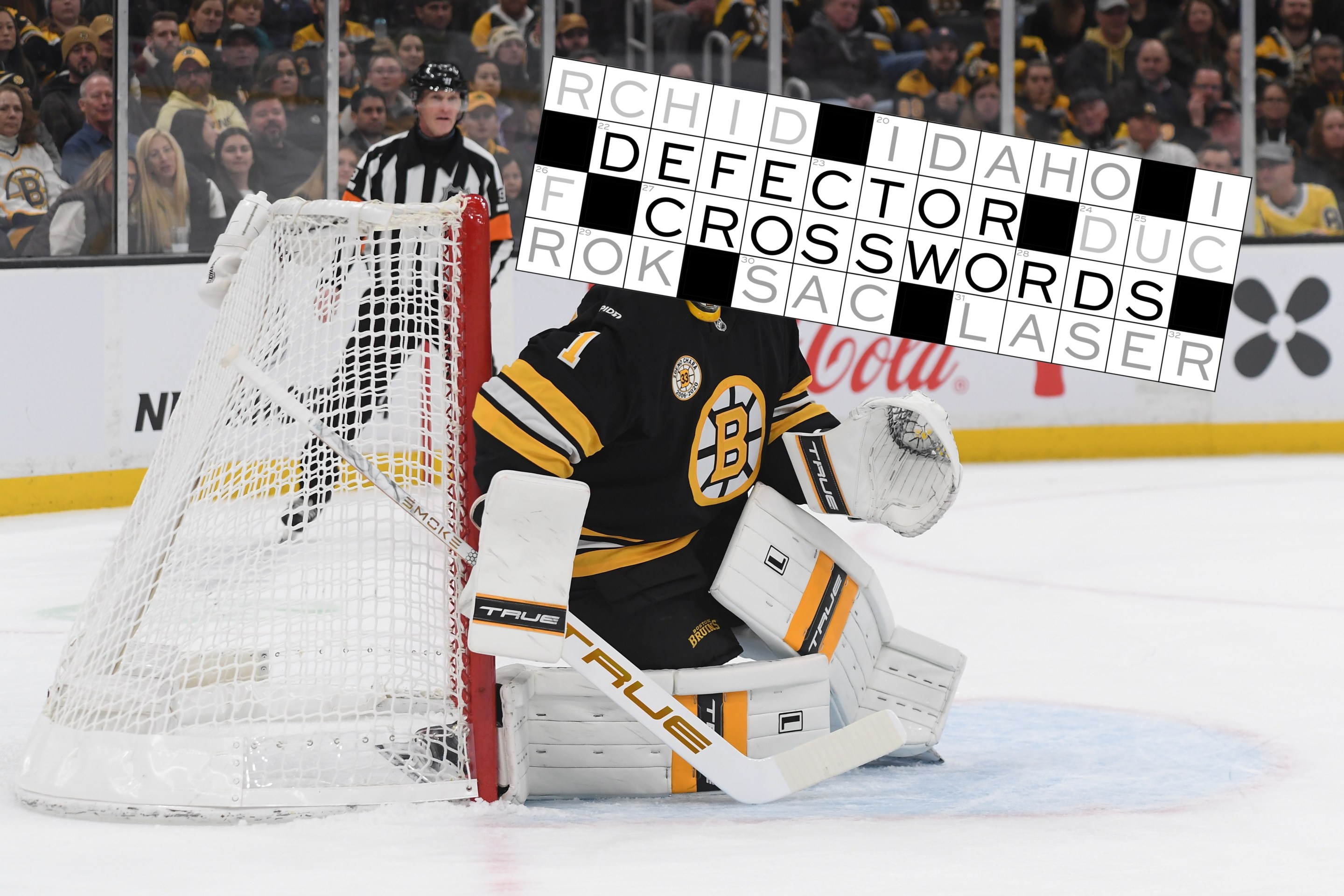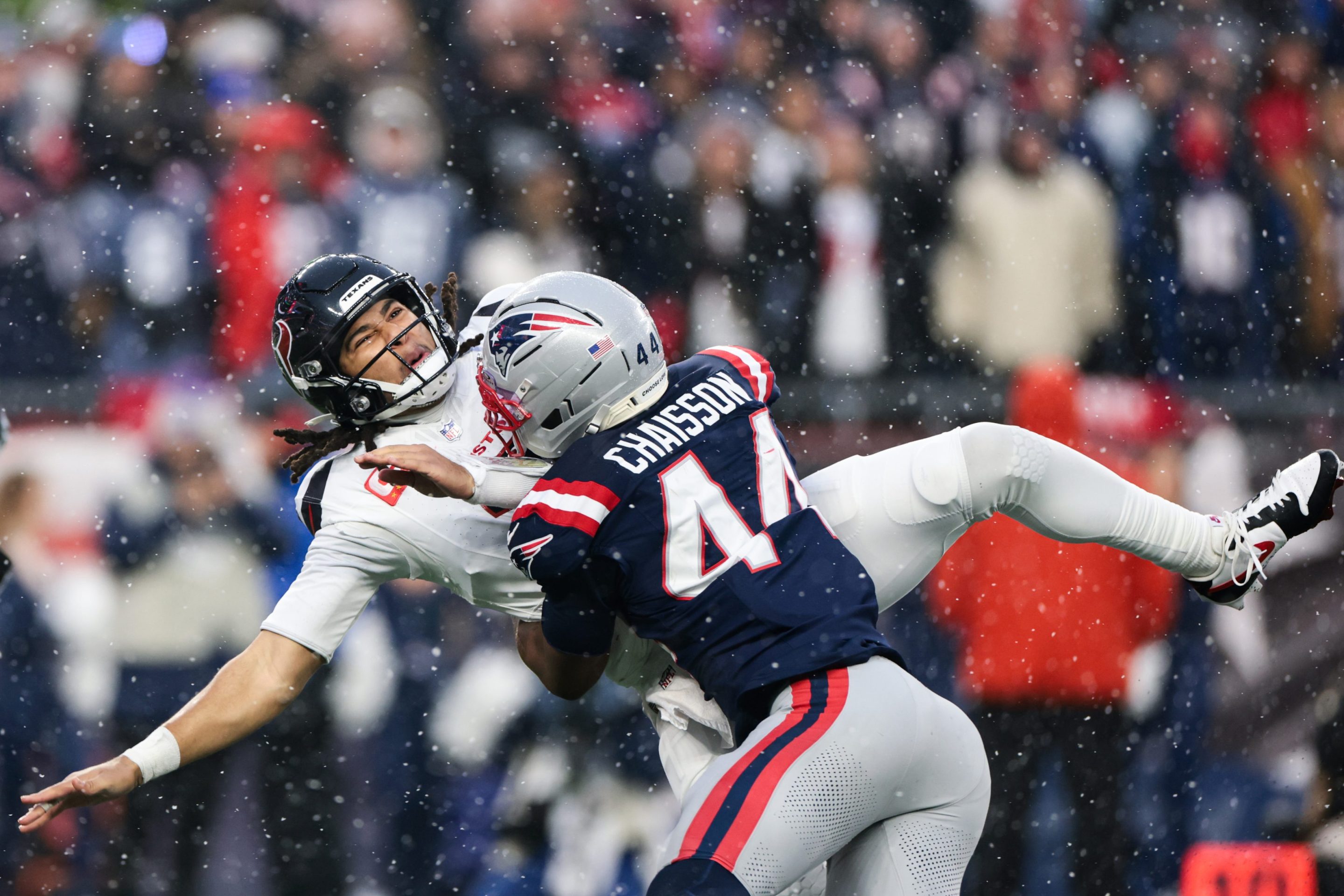At the beginning of this year, I started the logistical process of getting top surgery. I'd been mulling it over since 2016 but put off the decision to pursue other more pressing things, like gaining full-time employment, starting therapy, and buying vintage animal tees on eBay. As the years passed and the animal tees became increasingly oversized, top surgery felt increasingly like an inevitability, but I never felt stable enough to start the months-long process of convincing Big Healthcare to go splitsies with me on lopping off my knockers.
Like many other media workers, my history of health insurance is chaotic and disjointed, due to the fact that I've never had a job for longer than two years. My internships offered me no health insurance, nor did my six-month fellowship. When I was laid off during the pandemic, I lost health insurance and had to pay an exorbitant fee for COBRA coverage that swallowed most of my unemployment. It was exhausting to constantly find new doctors each time I switched jobs and insurances, and many of these new doctors kind of sucked. My healthcare dread only increased as I started medically transitioning; I stopped going to some doctors altogether until I found explicitly trans-friendly providers in my network. I didn't go to the gynecologist for three years because I simply couldn't find one. But then by some act of divine intervention, I became a blogger, recovered from burnout, and realized I couldn't put it off any longer. And, thanks to my comrades, I had health insurance that was good!
My actual top surgery experience was largely great for what is almost universally a protracted bureaucratic process, in part due to my privileges. I have health insurance and live in a big city with lots of surgeons and some healthcare providers who respect trans people. I have a partner who took amazing care of me as I recovered. And the surgery I got happens to be the most common gender-affirming surgery, which meant there were many helpful guides out there that explained how to get it and how to recover. But these guides are often too broad to capture the individual, often extremely annoying experience of what can feel like threatening your healthcare at knife-point to actually do what it is supposed to do. The hardest part of my experience was navigating a slew of extra hurdles necessitated by my family's strong history of breast cancer and I found nary a guide that helped me understand that process. So I decided to write one, and here we are!
March: Even though I was still racked with anxiety about whether I really wanted top surgery, I had already chosen a dream quasi-celebrity surgeon and ideal recovery season (spoiler: people who don't want top surgery don't do these things). I called the office of the famous surgeon and made an appointment for the earliest consultation they had, which was more than a year away. And that was just for the initial appointment, not the actual surgery! Still, I was so set on this famous surgeon I figured I wouldn't mind waiting, especially as I figured out if I really wanted surgery.
May: There's nothing like setting a date to make you realize not only do you want it, you want it right now. I'd heard through the trans grapevine that if you called the famous surgeon's office every few weeks, you could get moved up on the waitlist, so I tried doing this once and was told, nicely, to stop. They also told me this surgeon did not take my insurance plan, which bummed me out more than it should, and I took a month off from the process to be sad.
June: I finally looked at the list my insurance provided me of surgeons in the area who were in network for me, and I recognized one of the names on the list: Keith Blechman. His practice had a website that used a lot of ™s and that spooked me, because I figured I'd want the standard top surgery, nothing too unique or innovative. I didn't even think he'd be in-network because he is bicoastal and runs a private practice, which altogether seemed too fancy for my good insurance. But now, those ™s appeared increasingly attractive. Why shouldn't I have the fanciest surgeon insurance can buy? On June 30, I had a call with a patient coordinator, and she scheduled me for an in-person consultation with bicoastal Dr. Blechman on July 27.
July: My consultation was great and normal, and Dr. Blechman was not only nice, but also wearing beautiful jeweled-color loafers. At one point in our meeting, as we were discussing the eventual placement of my nipples, he pointed to his own nipples under his shirt without even looking down. He'd found them on the first try! Later that day I'd try to find my own nipples without looking, and I was way off. Here was a man who really got nipples, which felt like an auspicious sign.
At the end of the consultation, when he asked if I had any questions, I asked a slew of small ones and then the big one I was dreading. I had a family history of breast cancer, and asked if the surgery would still be advisable. He asked who, and how old, and I realized I had no idea. I just knew my grandma was diagnosed, had a mastectomy, and went into remission. I took a blind stab at her age. "In her fifties or sixties?" I said, realizing I should have checked this before the appointment. He asked if any other relatives had been diagnosed—what about my mother? "Not that I know of," I said, and he told me not to worry. Breast cancer was common cancer, he said. I should only worry if multiple relatives had been diagnosed, or one at a young age. He told me I could always get tested to see if I had a genetic risk for the disease, and if I were positive, he'd refer me to a cancer surgeon.
I left the appointment and called my mom. I hadn't planned on telling my parents about top surgery until after it happened, but I figured I'd ask in a general way. She told me she'd never wanted genetic testing, because she didn't want to know if she had either of the two main breast cancer genes and the dread that might come with that knowledge. I told her my doctor said I probably didn't need the test, given that Grandma was the only one in our family who was diagnosed.
"That's not true," she said. She followed up with a breast cancer age timeline. My grandma: 41. My grandma's sister: 43. My grandma's mom: 56. My heart sank. I texted my surgeon's office and they referred me a nurse at the breast surgery center. My appointment for genetic testing was in two weeks.
Early August: About 10 percent of breast cancers are hereditary, passed down through mutations in certain genes. People of all genders who carry mutations in the tumor-suppressing genes BRCA1 or BRCA2 face a higher risk of cancer. In people assigned female at birth, this risk increases the chance of breast and ovarian cancer, as well as several additional cancers. In people assigned male at birth, these genes increase the risk of breast cancer and prostate cancer. The guidelines for who should get tested have changed over time, but if you are over 18 and have any close relatives who were diagnosed with breast cancer at a young age, check them out. This is all stuff I had learned in advance of my appointment, but, of course, all of the "what ifs" gave me no more insight into my own personal risk.
When I arrived at the medical complex for my appointment, I said that I was here for the breast imaging center and the security guard directed me to orthopedics, presumably because I did not appear to be someone who had breasts. Tricked 'em! I thought as I wandered aimlessly around various floors before I found the breast imaging center. The waiting room was casually serene, with a soundtrack of Debussy-esque piano and a large television playing Diners, Drive-Ins and Dives in hushed tones.
Although my surgeon had recommended the specialist I was about to meet, I was nervous because I had been "ma'am"ed on the phone and at the front desk of the breast imaging center (and would later be "ma'am"ed by the person who drew my blood). But my practitioner Jenna proceeded to give me perhaps the single best medical experience of my life. She made a conversation that would seem inherently discomfiting—talking to a transmasculine person about their risk of breast cancer and physically examining their chest—effortlessly affirming. She told me her team would take either blood or saliva to send out for genetic testing today, and I chose blood, as I'd just downed a Dunkin' iced latte, a beverage that seemed powerful and burnt enough to sabotage my DNA.
You might be thinking—masculinizing top surgery takes out the breast tissue, so wouldn't that mean no more risk of breast cancer? It appears to reduce risk, but not every top surgery is a mastectomy, a procedure where all breast tissue is removed—from the armpit to the clavicle. A mastectomy often has the effect of a concave chest and often also removes the nipple. A top surgery that does not involve a full mastectomy will leave some breast tissue for aesthetic reasons, meaning it is still possible to develop breast cancer in the tissue left behind.
Jenna also gave me a physical exam and noted my breast tissue is "extremely dense," which both increases cancer risk and makes it harder for physical exams and mammograms to detect breast cancer. This, combined with my family history, meant that Jenna recommended I get a mammogram, an ultrasound, and an MRI to make sure I was cancer-free before surgery, regardless of the results of my genetic test. If all went well, I would start seeing her every year for a physical exam to check my new chest for anything suspicious. I am 29, and Jenna told me people with my risk of breast cancer are recommended to start screening with yearly MRI and mammograms when they turned 30. I realized I wouldn't have known my risk or when and how to start these preventative screenings had I not been planning to yeet the teat. Transexuality: It can help save your life!
Late August: I am an anxious person, and my days were now clouded by the fear not just of my impending genetic results but also of entering the Tube of Fear, or what others call an MRI. How I dreaded the tube! I have claustrophobia, so Jenna prescribed me two of the tiniest pills I've ever seen for anxiety. I did a test-run of the pill and a mindfulness exercise I practiced with my therapist to prepare for my MRI on Aug. 17. But a few days before I was to enter the tube, Jenna called me to let me know my insurance had denied the MRI on the grounds that it was not medically necessary. I freaked out! But Jenna was calm and told me she would appeal the decision, and I should reschedule the MRI for two weeks from now.
Sometime in the next week, Jenna called me back with my results of my genetic testing—negative for both BRCA1 and BRCA2!—I was flooded with relief and gratitude. But the Tube still waited for me.
September: This was a month of continued healthcare dread. Jenna called to let me know United Healthcare told her they did not receive my practitioner's appeal letter, so they made her resubmit one, delaying the process. When they finally did receive it, they denied it again, this time through a third party company named eviCore—non-coincidentally a single letter away from EVILCore—whose entire purpose seems to be denying patients care. EviCore sent me a letter explaining why I, greedy beggar, far too healthy for my own good, did not deserve something as wanton and frivolous as an MRI. Luckily, this drawn-out process had essentially cured my fear of MRIs. Now, I daydreamed about the idea of the tube, cramped and sterile and full of magnets. Put me in, coach, please!
Jenna told me she would try a peer-to-peer review, a conversation between her and a physician from my insurance in which she would plead my case with fire and fury and ample medical evidence. Another week passed, and then ... success! Jenna had wrangled approval. One Friday morning I took my anti-anxiety pills, got my chest pulled and squeezed by the acrylic panini press that gives out mammograms and then went inside the Tube of Fear, which clanged so much it felt like being inside a Kraftwerk song. To celebrate the MRI, my partner and I went to Dave & Buster's and rode fake motorcycles in a racetrack called "Nepal Extreme" that I believe was designed by the same person who made the Panera death lemonade.
October: The results started rolling in. My extremely dense chest remained extremely dense but was thankfully looking normal, and Jenna called to clear me for top surgery. Nice!
November: I got top surgery. Nice!
December: When you get top surgery, the tissue they remove, such as skin, fat, and tissue, is sent to pathology to check for cancer, and my surgeon's office confirmed my samples were benign. Nice!
My next appointment with Jenna is in February, where she'll examine my new chest to establish a baseline of what it feels like when everything is normal, and I'll do this every year to stay on top of my risk. Just as in many aspects of trans healthcare, researchers are still figuring out best breast cancer screening practices for people who have gotten masculinizing top surgery or are on testosterone hormone therapy. And trans women who have been on hormone therapy are at higher risk of developing breast cancer. So many trans people are left to investigate their own risk and navigate the twisted system of American healthcare on their own. My story is very specific, but I hope that the more stories that are out there help people become stronger advocates for their own health, because if I've learned anything from having and not having health insurance, it's that sometimes no one is looking out for you but you. And if any healthcare professionals are reading this, Diners, Drive-Ins and Dives is genuinely the most calming video one could play in a room full of people awaiting the Tube of Fear.







